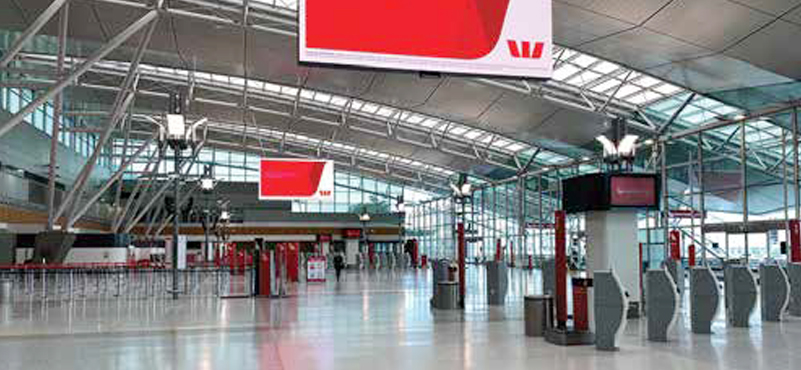Ajay Singh, CMD, SpiceJet has adorned many hats during his long carrier, including heading DTC and revamping its fleet and management. However, resurrecting a debt-ridden SpiceJet was his toughest ever assignment, he revealed in a keynote address at Global Hospitality Conclave 2018. He suggested that a revolution was already underway and exciting times awaited the Indian aviation industry.
SpiceJet: The turnaround in fortunes
Ajay Singh was candid and detailed in his account of the miraculous turnaround of the once beleaguered carrier. He said that gaining back lost credibility, especially of consumers, besides getting a fix on finances were his top priorities when he took over the reins.
The airline was staring at losses in tune of 2300 crores (400 million USD) in 2014 and Marans wanted to sell SpiceJet back to him, he shared. “We made in a deal in December with a rider that I would do a due diligence of the company for a month. But Marans shut down the company one a week after the deal,” he revealed.
He said that a harrowing time followed where the airline staff were routinely getting roughed up by irate passengers. “Customers had sworn never to fly with us again. Flights were getting cancelled. It was completely demoralising,” Ajay Singh said.
What followed those testing times was a truly dramatic turnaround for the airline, he shared. The entire debt was paid off and SpiceJet had clocked an impressive 90-plus percent occupancy rates for the past 34 months, he said. “We have placed a never before 25 billion USD order to Boeing and are expecting the delivery of planes to begin sometime in August this year,” he mentioned.
Entire ecosystem of the aviation industry had supported SpiceJet in remaining afloat, fearing a severe impact of another “Kingfisher” like fiasco on India’s image as a market, he said, reminiscing troubled days. “We were able to save the reputation of the Indian aviation industry. Another “Kingfisher” would have been a terrible advertisement for the country,” he added.
On SpiceJet’s distribution strategy
Ajay Singh noted that the airline was providing certain value-added services to passengers booking through the company’s website and was looking at ways to monetize it. He was forthright in admitting that there was always going to be “rivalry between OTAs and airlines”, and forecasted that airlines, in not so distant future, were going to charge OTAs for using their platform.
On future opportunities
He asserted that the Indian aviation market was still in a nascent stage but heading towards ‘revolutionary times’. He pointed out that flying was aspirational to millions of first-time flyers in the country and a massive jump in passenger numbers was imminent. “With Regional Connectivity Scheme, small towns and cities are being added on the aviation map like never before. I am sure that a revolution has just begun and it will have a spill over effect on the hospitality industry as well,” he said, addressing an audience of hoteliers.
Air India an opportunity to go truly global
He backed the idea of saving the national carrier, suggesting that brand ‘Air India’ was a “fantastic opportunity” to create a truly global airline. “It is time to create our own global aviation hubs and global airlines. We can beat middle-eastern and South-east Asian carriers. And it is possible with Air India,” he said. He said that Indian carriers needed to acquire the space where they flew Indian passengers the world over, noting that “it was inevitable and was going to happen soon.”
Seaplanes to surpass airport capacity constraints
Ajay Singh claimed that seaplanes were becoming a viable option to surpass airport capacity constraints and continue growth. SpiceJet had placed an order of 100 amphibious planes, and India’s vast water resources was a good opportunity to tap, he shared. He negated fears of the project failing, blaming the lack of scale for failures of previous such ventures. “Projects in the past have not succeeded because people have tried it with 2-3 aircraft. We need to scale it to make it happen. There is a great deal of excitement around seaplanes,” he reasoned.
Swelling passenger volume poses a challenge
Rising number of passengers was posing a challenge for airline companies, too, he said, referring to a recent incident, involving an altercation between airline staff and a passenger. He said that airline companies “owed it to their staff to teach them soft-skills in dealing with passengers, especially with growing number of first-time flyers.” Many a times, carriers were not being able to keep up with the rise in passenger numbers, he said. He advocated for “quality growth”.




































